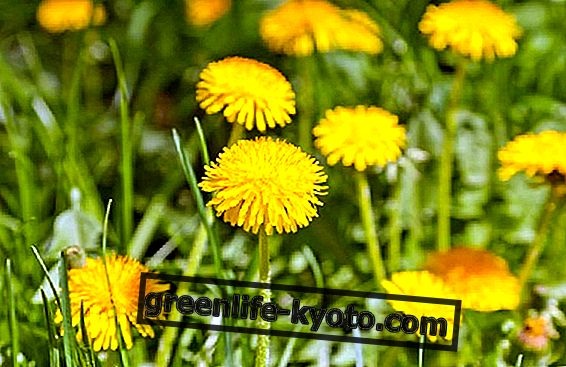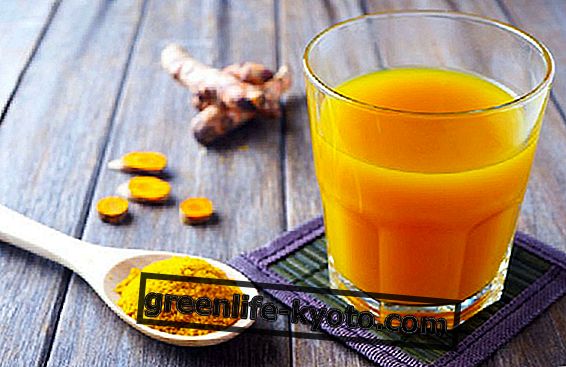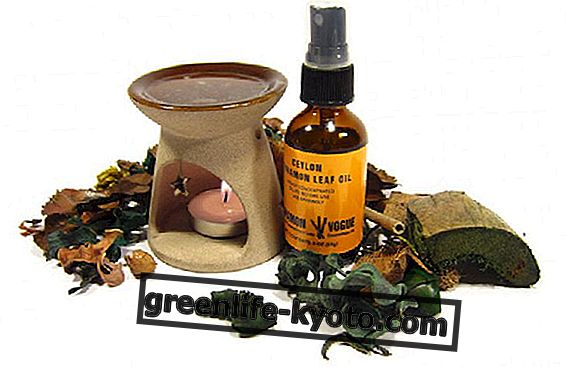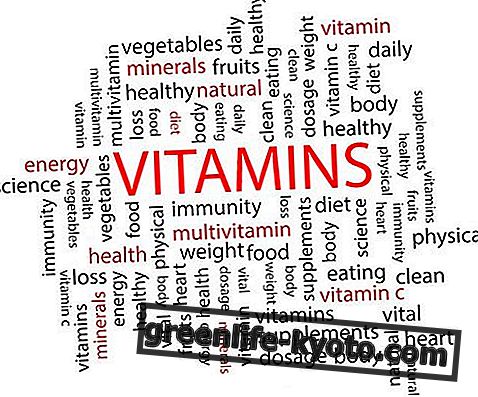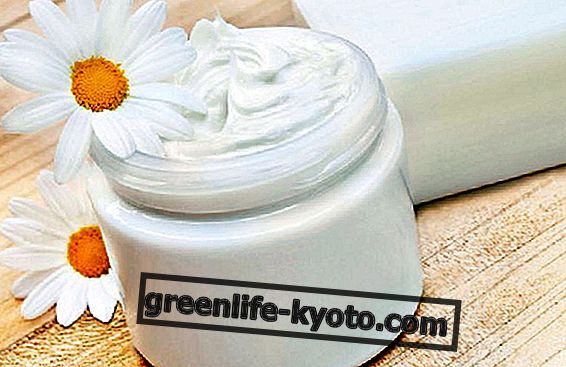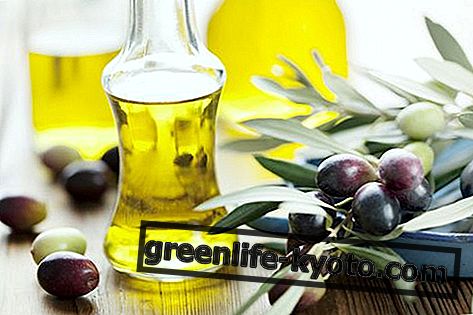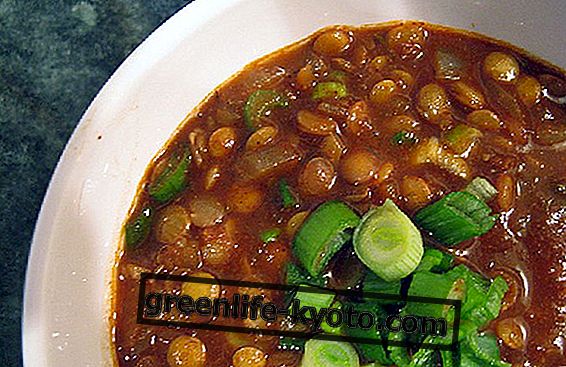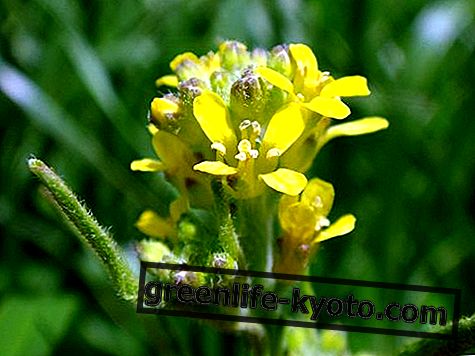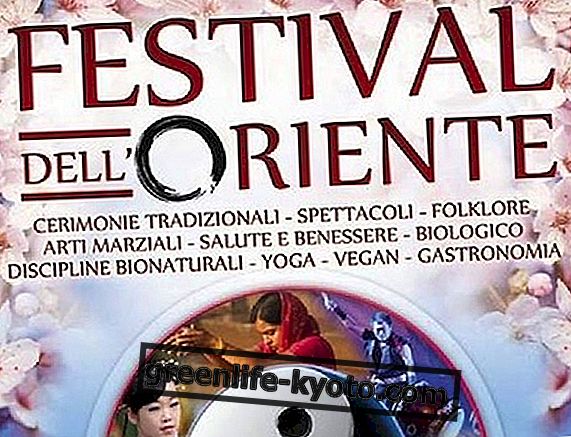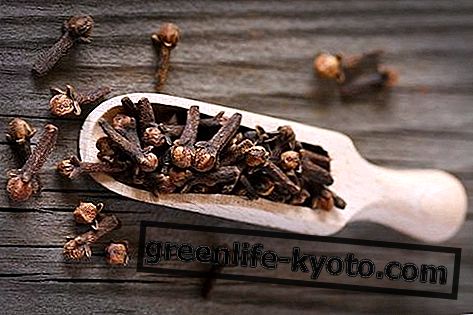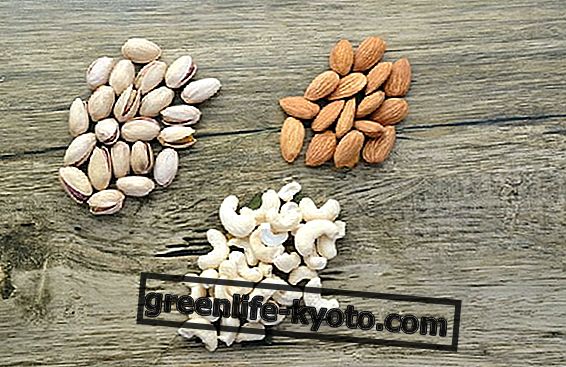
Phytosterols: what they are and what they are for
Phytosterols are plant lipid compounds with a chemical structure very similar to cholesterol and animal lipids.
Phytosterols have the ability to inhibit the absorption of certain lipids in the intestine, decreasing the concentration of cholesterol in the blood.
Phytosterol consumption and health
Numerous studies have shown that the intake of phytosterols, both in the form of supplements and in nutrition, allows to lower the concentration of LDL cholesterol in the blood, thus allowing to preserve the health of the heart and vascular system, as well as to regulate weight.
Recently, there has been an increase in the recommendation by doctors, health professionals and sector operators about the additional intake of phytosterols in the form of supplements .
These last ones allow to obtain a greater contribution of these healthy substances in a short time, but in the long term they do not generate the useful education for health and care of one's own well-being from which one cannot ignore if one decides to live long and being well.
Integrating nutrition can be functional as long as you are not able to gather the information needed to improve your lifestyle on a daily basis.
Finally, supplements, although useful in borderline cases of deficiency, cannot replace the numerous and greater advantages of a varied and healthy diet .
Many of the foods that contain good amounts of phytosterols are healthy, thanks also to the addition of other substances which, precisely because of a synergy of nutritional principles, optimize their absorption, multiply the benefits and eliminate the contraindications.
Phytosterols: where they are found
Phytosterols are found in the form of food supplements, but above all in nature in foods accessible to all.
Foods with higher phytosterol content are oilseeds and nuts:
> Pistachios : pistachios, among the nuts, are those that have the highest content of phytosterols, especially unsalted ones;
> sesame and sunflower seeds, as well as flax seeds : sesame is the main source of phytosterols. Used dry, in salads, in the form of gomasio, toasted, and also in tahin, the consumption of sesame allows to easily reach high quantities of phytosterols through food. Sunflower seeds can also be used in the form of oil, squeezed in solids and without frying;
> peanuts : peanuts contain good amounts of phytosterols and, after pistachios, they are the most concentrated dried fruit;
> walnuts, hazelnuts, almonds, pine nuts : all dried fruit in general contains phytosterols, and eating them in moderate quantities during the day is simple.
Phytosterols are also present in green leafy vegetables, fruit, and crucifers such as cabbage and broccoli .
Meats of any kind are almost without phytosterols.

